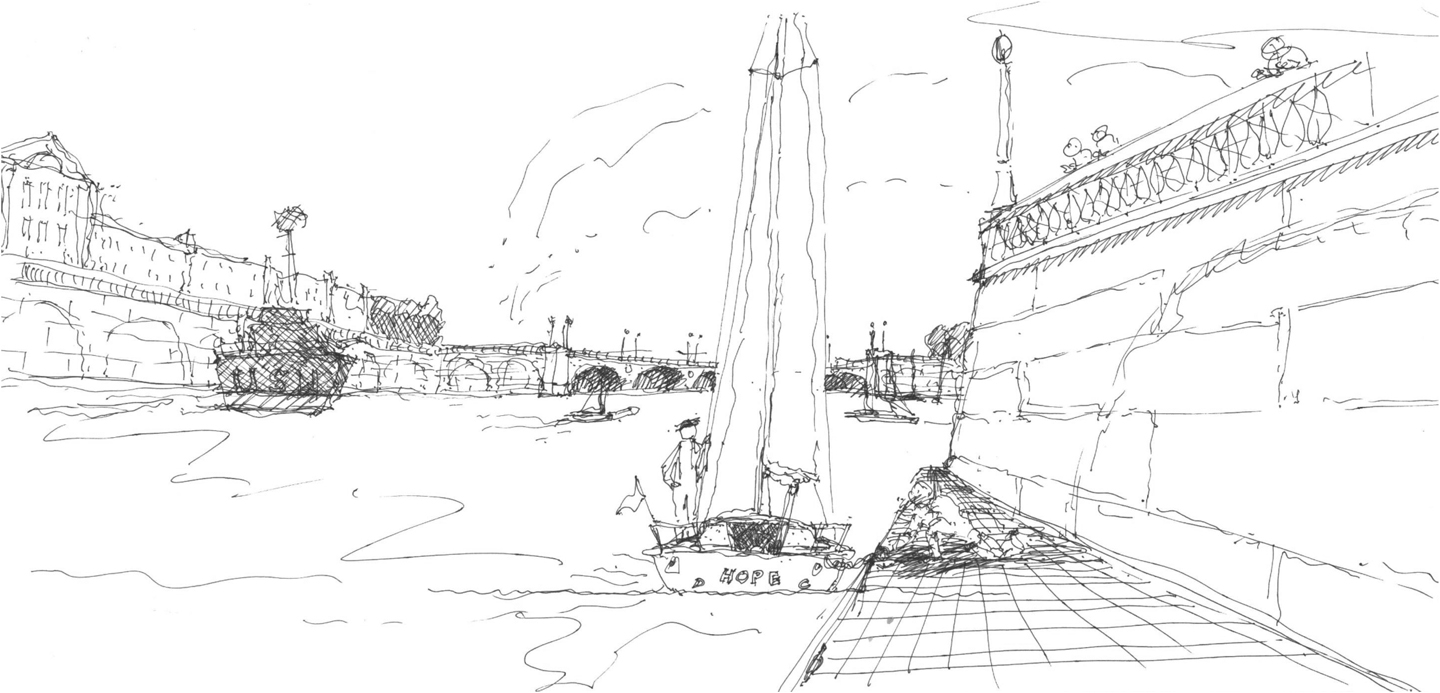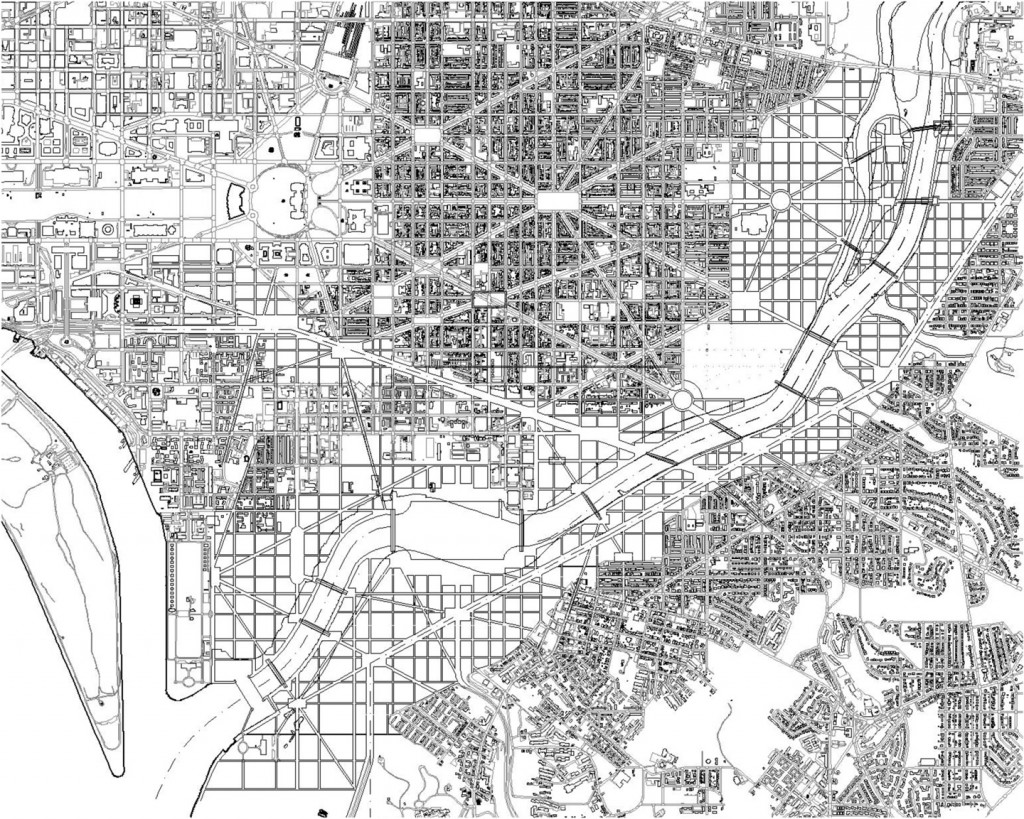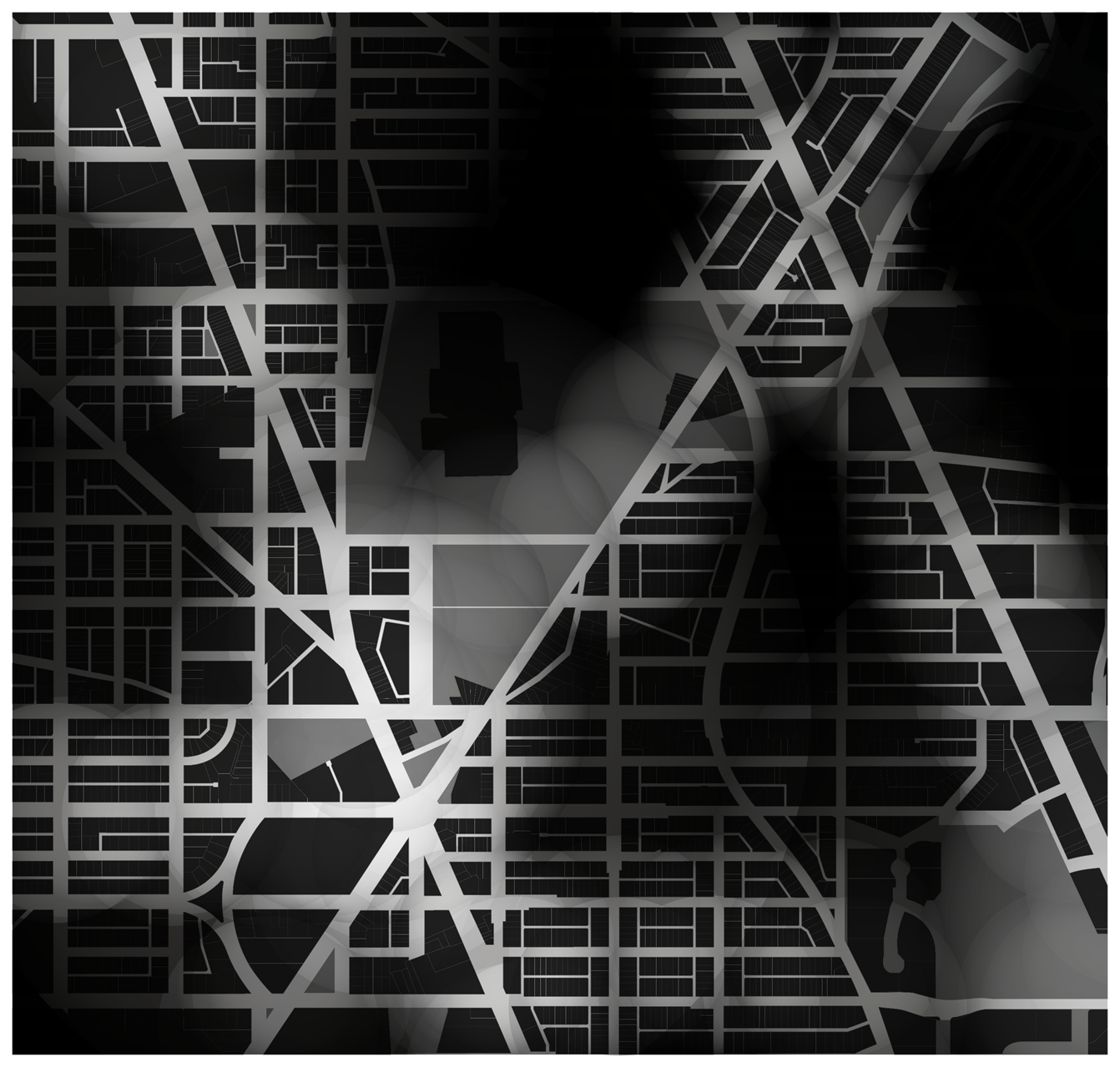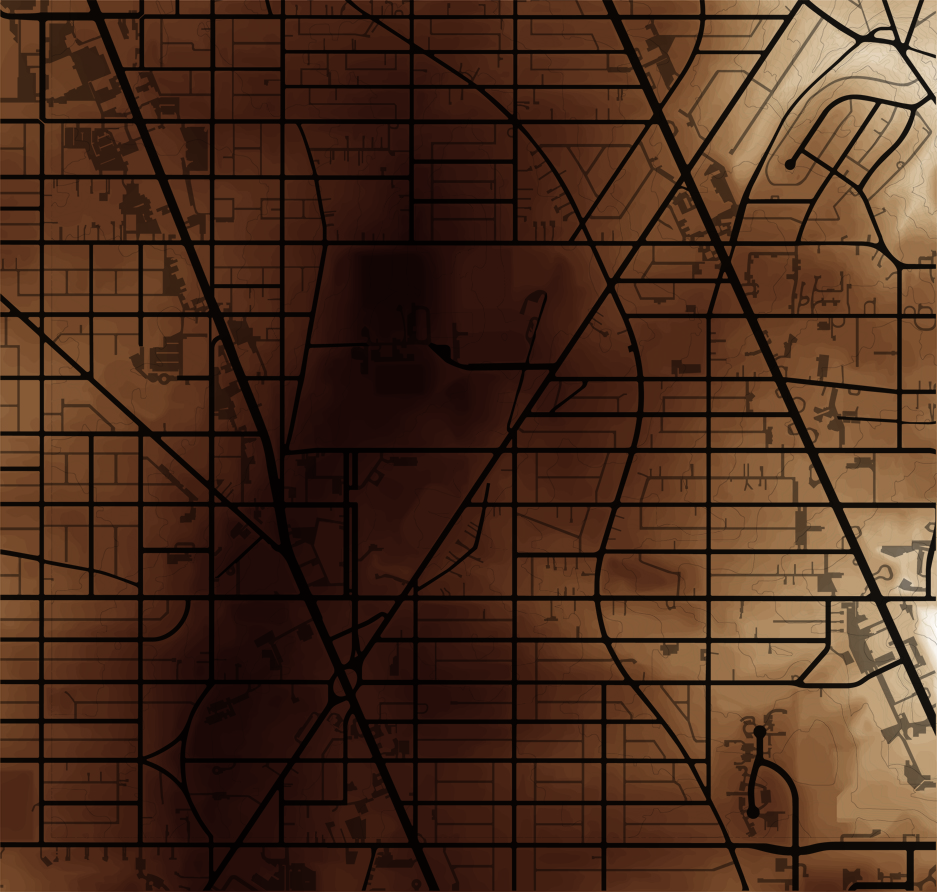The ugly and the ordinary before “The Ugly and The Ordinary.”
Tag: streets
Reno Park Update 091212A: Finding Activity
Okay, so I mentioned in the last post that neighborhoods, as conventionally defined, are not necessarily the best ways of measuring human activity, and so is the difficult concept of community. However I attempt to define such a thing, it’s going to be imprecise, subjective, and doubtful. But most people can recognize community when they see it. Likewise, when you look a good space, you can tell because of the people there.
Last year, when I was but beginning my job as an apparatchik of the цarьchitect, I quoted Freddy N. in On The Geneology of Morals:
Only owing to the seduction of language (and the fundamental errors of reason petrified within it) which conceives all effects as conditioned by something that causes effects, by a “subject,” can it appear otherwise. For just as the popular mind separates the lighting from its flash and takes the latter for an action, for the operation of a subject called lightning, so popular morality also separates strength from expressions of strength, as if there were an neutral substratum behind the strong man, which was free to express strength or not to do so. But there is no such substratum, there is no being behind doing, effecting, becoming; “the doer” is merely the fiction added to the deed – the deed is everything.
Now, replace “strength” with “community.” Community is, in essence, an act. It is not merely your sheer propinquity to another human meatbag, nor crude ethnic similarities, it is the action to do like others, to help the person nearby, to talk to them, to smile at the man on the street when he says hello. Community, is an cooperative action between people, in the conscious and subconscious, of coming together and working for each other’s values. Why one might associate with one another, and care for them is a wholly different question. But it is relatively easy to see evidence of community, just as it is possible to see evidence of social activity.
Continue reading ➞ Reno Park Update 091212A: Finding Activity
Reno Park Update 091207: Retail
It’s also a defining characteristic of an area’s architecture and culture. Looking at this area, again, you can see nodes and corridors arising from the shapes, not consistent, and lacking in almost any east-west traffic. It also reminds you that the vast majority of the area is housing only, even many of the apartment buildings.
Reno Park Update 091115: Cyclist’s Perception
Bicycling exists in a strange middle-area of the law. A bike is a vehicle in DC, but bikers can ride on the sidewalk and don’t have to register or undergo inspections. Culturally, cyclists travel in a more uncertain space, not all that welcome on the street or the sidewalk. A lack of any particular bicycle infrastructure means that there is no place of positive certainty anywhere near Tenleytown. I have to admit that judging conditions was more difficult here because of the more varying conditions cyclists find themselves subject to.
That’s reflected in the composite above; It’s really gray. And pretty dark.
To look at the way the image was composed follow down below.
Continue reading ➞ Reno Park Update 091115: Cyclist’s Perception
Reno Park Update 091021: Pedestrian’s Perception
I wrote in the last update that any analysis of the spatial relationships of a suburban-style city needs to consider the legal rules and social sentiments that coexist with physical boundaries. Of course the laws vary based on your “mode” of travel, with pedestrians getting a bit of leeway in terms of “travel.”
But let’s do pedestrians. How do they interact with space?
Continue reading ➞ Reno Park Update 091021: Pedestrian’s Perception
McMillan Two envisions a Classical Anacostia
The public character of Washington has grown around two grand plans. First, Charles L’Enfant laid out the city as a sacred grove for the marking of America’s history. One century later, the McMillan Commission restored and expanded upon that original design to include the history of the Nineteenth Century. Now, The city center has grown up in the second hundred years since then, enough for Congress to declare the Mall closed to new development. Meanwhile, the rest of the city has built up or spread out into suburbs. In light of the last fifty years, a group of traditional Washingtonian architects have developed an audacious proposal for the next lifetime of growth, McMillan Two. Fulfilling some less-known intentions of the McMillan Plan with slight modifications, this plan essentially calls for bringing Paris, mansard , Seine and all, to the Capital of the United States.
Developed by the Build DC Initiative and architect Nir Buras in particular, the design has been sponsored by the Mid-Atlantic chapter of the Institute of Classical Architecture and Classical America, the National Civic Arts Society, with some support from the DC chapter of the Congress for New Urbanism. Buras’s philosophy draws hard from tradition: we know what is beautiful and what works – and we should do that. Downplaying strident formal innovation, the relationship buildings have to precedents in a cultural tradition guides design. For McMillan Two, France provides that tradition, particularly L’Enfant’s garden models and the Beaux-arts education of Burnham, McKim, and Olmsted. Though the partners have kept much of the project under wraps, Buras has recently begun sharing the outlines of this radical rethinking of DC’s future, namely that “Washington remains the most beautiful city in the nation.”
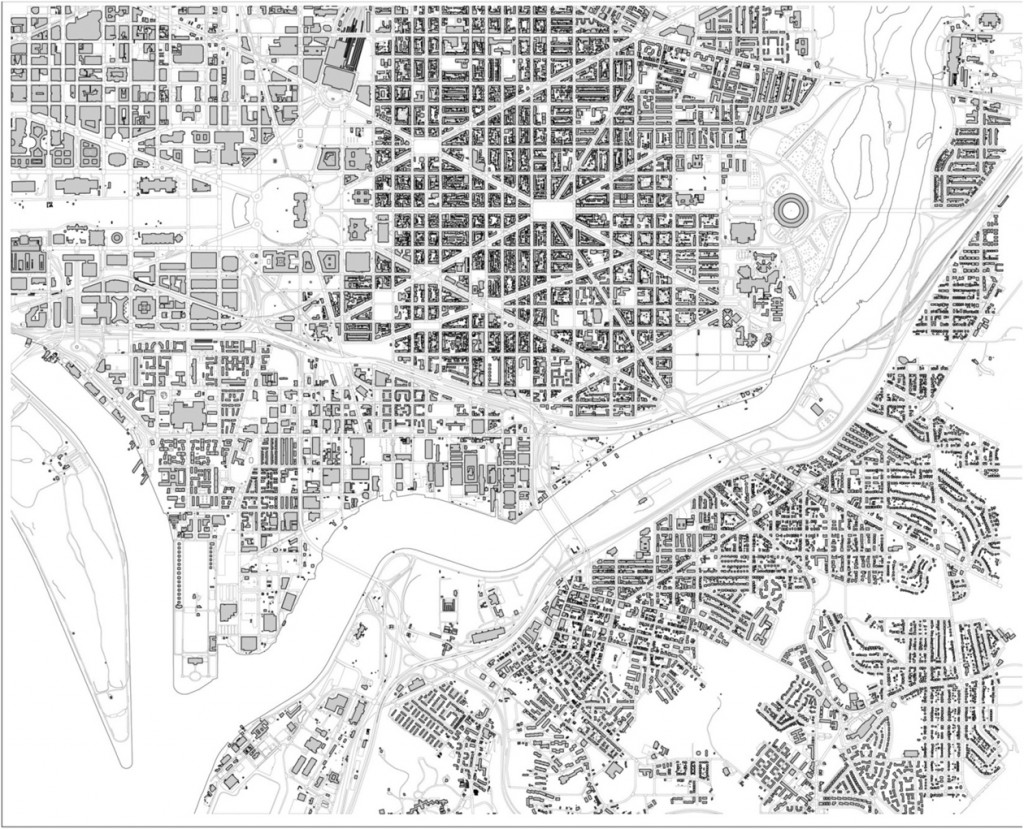
Continue reading ➞ McMillan Two envisions a Classical Anacostia
Reno Park Update 090804B: Transit Fade
Ok, so for the second set of transportation analysis, I’ve compared transit accessibility to lot areas. Even without buildings, it’s possible to get a sense of the transit-accessible public space here. Areas that are lighter have more transit options. Again, Tenleytown is a hub of activity, where the blocks around the circle and the Metro stop are major transfer points that get a lot of street traffic.
So, Chevy Chase isn’t really the most transit-accessible place in the world. Even if I had used a 1/4 mile radius for buses, there would have been a dark spot there. Also, note that the commercial strip between Fessenden and Ellicott streets is in the 1/2 mile radius overlap between Tenleytown and Friendship Heights, which may contribute to its success, in spite of being somewhat isolated by the hill to the south. Read on for a breakdown of plans.
Reno Park 090725: Property
Even without squinting, you can see diagonal lines that don’t seem to match up with any roads or lots. I’m fairly certain these cuts line up with older borders and roads, putting a whole new volume of evidence of the past fossilized in the modern legal form of the city. The erasure and remainder of various structures as a history appears too. Why did some lines stick around? Perhaps one owner sold out before the other, and a divided lot just went up for sale as two later. More comparisons under the fold.
Reno Park update 090712: Roads
After some hard importing/copying work and on-the ground observation, I’ve finally assembled this map of all legally marked streets and alleys in DC. Next up, sidewalks, then buildings and property, and finally land use. I’ll start doing mashup comparisons of these maps for the walkshed and green space requirements. Plus, I think I came up with an particularly useful modern variation on the Nolli Plan, which should make any archi-map geek excited. Comparisons to topography under the fold.
Generally, it’s interesting to see how the grid and the avenues flattened the topography. If I do a historical map, then the comparison would be fascinating, but historical topography is not relevant to my goals. Also note the amount of parking on the avenues, and how alleys nicely eliminate driveways in front of houses. Finally, Tenleytown is at the pass over the ridge line that begins at AU and ends near Chevy Chase. The hills and valleys in the area almost necessitated that the Georgetown-Frederick Pike go through this area at this spot.
Macomb Giant: Where to from here?
Last night, the Zoning Commission voted unanimously (4 to 0) to approve the
Giant PUD Application. The zoning process was robust, transparent, and fair and it yielded a terrific overall result.
He’s right, the overall result is excellent urban planning and competent architecture that adds considerably more and better density to a major thoroughfare, while also managing to unite a mottled context of various building types and styles. The architects, Street-Works, have produced excellent cityscapes work in Shirlington, Reston, and Bethesda. Based on their prior experience, it’s safe to predict that the project will be a success. More than that, I predict that the already thriving area will become a new locality, a broad place that people will perceive intuitively as distinct from Cleveland Park and Cathedral Heights.
And that’s a good thing, because Wisconsin Avenue needs more of this healthy density. The example that this sets will be a lesson to Ward 3, demonstrating how a few stores and few more stories can create an enjoyable neighborhood center. Not only will the extreme non-failure of the site be ammunition for people who support smart growth, it will serve as a billboard for those who are not engaged in debates, that urbanism is possible in Northwest. But it will be some time before the buildings are built and the storefronts occupied, so until then, activists for urban neighborhoods will have to focus on two things.
- Getting there. One of the criticisms of the new project stemmed from the limited mass transit options in the proposal, legitimate concerns that need to be addressed. WMATA needs to step up bus service and introduce an express line on Wisconsin, either to Georgetown or Woodley Park. Bus facilities such as bus bulbs need to be added to Wisconsin, even at the expense of roadway space. Likewise, DC ought to facilitate the placement of SmartBike facilities, bike racks, and carsharing spaces.
- Connecting the surrounding neighborhoods. People must be able to walk to the new development. The current plans emphasize pedestrian traffic, but DDOT needs to improve the streetscape around Macomb, to lure neighborhood residents off of side streets. Without buffering from Wisconsin or new signals along Wisconsin, pedestrians lose the calmness that makes walking so appealing.
Those who fought hard to get the right kind of development should not give up the momentum they have now, and instead should fight for even better facilities. This includes opponents, who should still look to make the area as leafy as possible, and ensure that Giant sticks to its promises. Resident involvement is one of the most crucial parts of developing community, so although the fight over the Giant has been so acrimonious, it’s important to realize that it will happen, and anyone interested must remain involved in working to ensure good growth elsewhere in the neighborhood.


